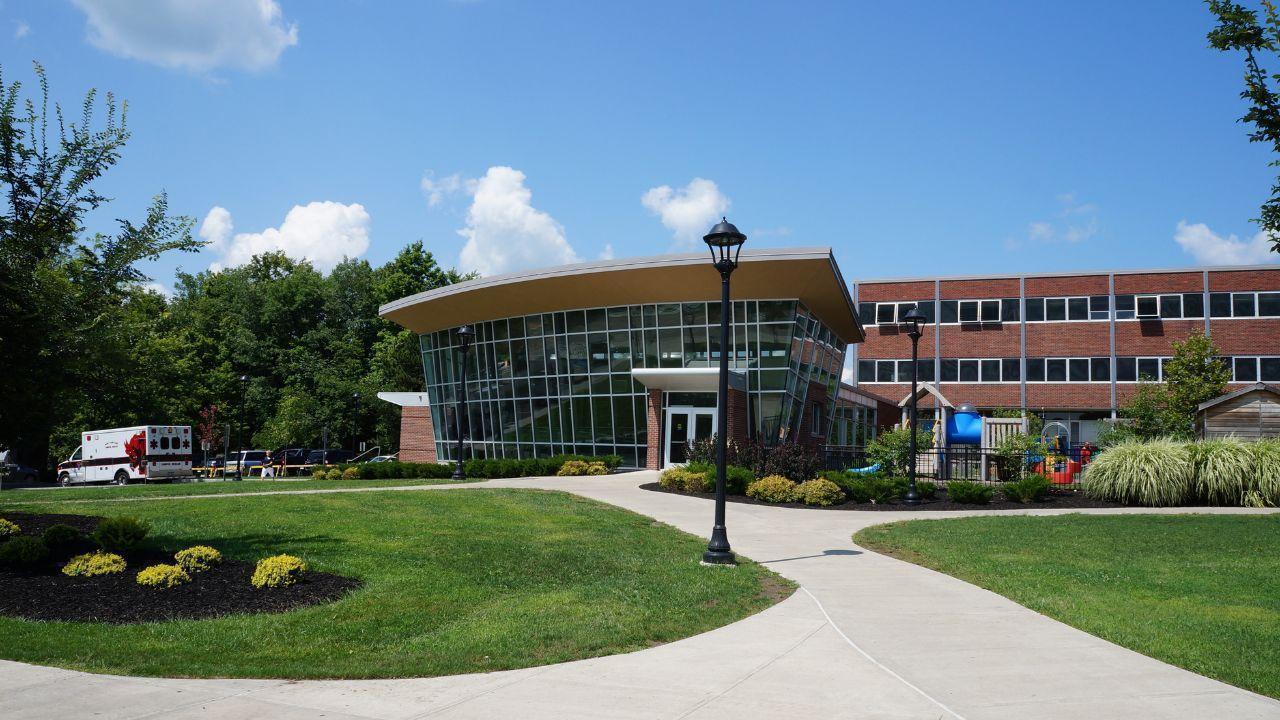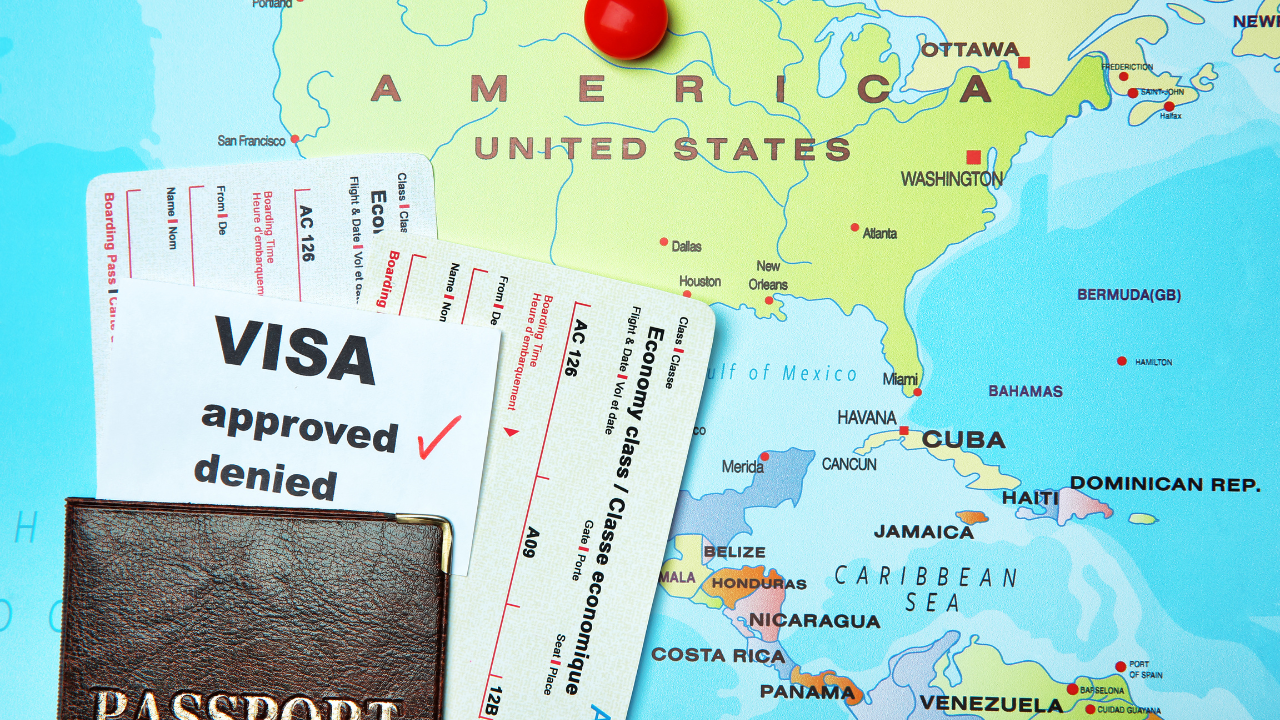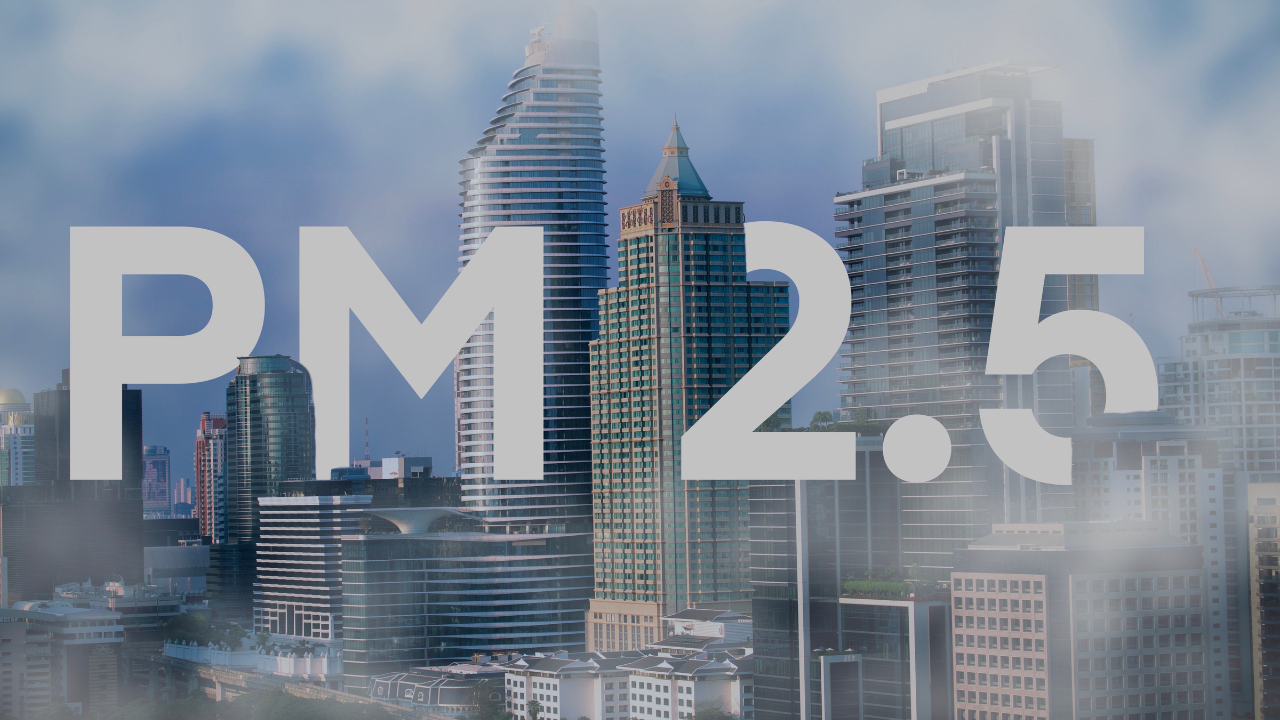



From July 1, 2025, Australia will increase the income thresholds for skilled worker visas, making it more challenging for international workers to qualify for residency under the skilled migration program. This change aims to adjust the country's immigration system in line with economic growth, labor market demands, and cost-of-living adjustments.
The Australian Government’s Department of Home Affairs has announced that applicants for skilled migration visas will need to meet higher minimum income requirements. The threshold increase will particularly impact those who are looking to immigrate under the General Skilled Migration (GSM) program, which is one of the primary visa pathways for skilled workers in Australia.
Skilled visas are an essential part of Australia’s immigration system, allowing the country to fill labor gaps in critical sectors. These visas are often seen as pathways to permanent residency, which makes the new income requirements a crucial change for future migrants. The exact new thresholds are yet to be disclosed, but industry experts predict the increase will be substantial, reflecting changes in the Australian job market and inflation rates over recent years.
The government's decision comes amid ongoing debates about the level of migration and the pressure on Australian infrastructure and social services. Proponents of the change argue that by raising the income thresholds, the government will attract highly skilled workers who can contribute significantly to the economy, while also ensuring that the immigration system remains aligned with the needs of the labor market.
Opponents of the change, however, argue that higher thresholds could limit opportunities for skilled workers from lower-income backgrounds or countries with different economic standards. It may also create further challenges for employers in industries already facing skill shortages, particularly in healthcare, technology, and engineering sectors. Many of these industries rely on skilled migration to meet workforce demands, and the new thresholds may make it harder to fill critical positions.
Another important aspect of this change is its impact on Australia’s attractiveness as a destination for global talent. By tightening the income requirements, Australia may find it less competitive compared to other countries with more flexible or lower immigration thresholds. This could potentially reduce the number of applicants for skilled worker visas, leading to a potential shortfall in key areas of the economy.
The government has emphasized that these changes will not be implemented overnight, allowing businesses and potential migrants sufficient time to prepare for the adjustments. Visa applicants who are already in the process of applying before the new thresholds come into effect will not be impacted by the changes, but future applicants will need to meet the revised income standards.
Overall, the increase in skilled visa income thresholds marks a significant shift in Australia’s immigration policy. As the nation continues to adapt to a changing global labor market, these changes will likely have far-reaching implications for both skilled workers and employers alike. It remains to be seen how this policy will affect Australia’s immigration landscape in the coming years.
#trending #latest #AustraliaImmigration #SkilledVisa

University Internships That Help You Get a Job After Graduation... Read More.

Is It Smarter to Start at a Community College... Read More.
 Fake posts hit Czech PM Fiala's X
Fake posts hit Czech PM Fiala's X
Fake posts disrupt Czech PM Fiala's X account security
 Switzerland Tightens Export Rules
Switzerland Tightens Export Rules
Switzerland expands export controls on dual-use goods
 Google unveils Ironwood AI chip
Google unveils Ironwood AI chip
Google introduces Ironwood chip to accelerate AI tasks & apps
 TSMC Q1 revenue up 42%
TSMC Q1 revenue up 42%
TSMC sees 42% revenue surge in Q1, surpassing forecasts
 Amazon CEO Outlines AI Vision
Amazon CEO Outlines AI Vision
Amazon CEO reveals AI investment plans in new letter
 Osaka Hosts World Expo 2025
Osaka Hosts World Expo 2025
Japan blends tech and culture at Osaka Expo 2025 launch
 A16z Plans Big Bet on AI Startup
A16z Plans Big Bet on AI Startup
A16z may lead huge round in ex-OpenAI CTO’s new AI firm.
© MyEduGoal. All Rights Reserved. Design by markaziasolutions.com